Number of young voters rises from 46.43m to 56.86m in Pakistan
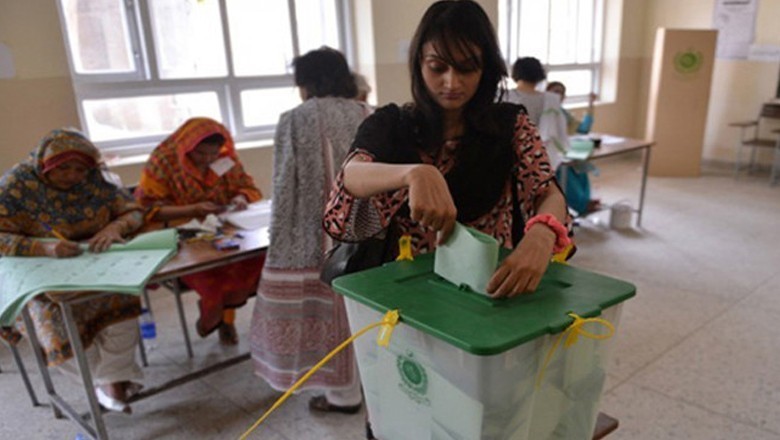
Web Desk
|
17 Jan 2024
The number of young voters has increased significantly from 46.43 million in 2018 to 56.86 million, showing a rise of 10.42 million in about six years. This surge positions the youth to play a crucial role in the upcoming general elections next month.
Out of the total 128.58 million voters, the young voter population of 56.86 million constitutes 44.22 per cent. This includes 31.85 million from Punjab, 11.72 million from Sindh, 10.72 million from Khyber Pakhtunkhwa (KP), and 2.3 million from Balochistan. In 2018, the proportion of young voters was 43.82% of the total voters.
Breaking down the age-wise data of voters, there are 23.51 million voters aged 18 to 25, with 14.8 million males and 9.32 million females. Additionally, there are 33.34 million voters in the age group of 26 to 35, comprising 17.89 million males and 15.44 million females. Another 28.74 million voters fall in the age bracket of 36 to 45, including 15.08 million males and 13.67 million females.
Analyzing the age-wise voter data reveals that 19 districts in three provinces (excluding Sindh) have more than 50 per cent of individuals below the age of 35 enrolled as voters. These districts include 14 in KP, four in Balochistan, and one in Punjab. KP leads with the highest proportion of young voters at 51.40%, with 10.73 million below 35 years out of a total of 20.86 million registered voters.
Among these districts, Bajaur district in KP stands out with 54.45% young voters, totaling 361,910 out of 664,711 registered voters.
North Waziristan follows with 54.30% young voters, and Khyber district has 53.05% young voters out of a total of 638,743.
In Upper Dir, 52.08% of the 590,433 voters are young, and Kohistan (Upper) has 52.78% young voters out of 75,660.
In Balochistan, Dera Bugti, Shirani, Chaghai, and Khatak are the four districts with over 50% young voters, with Dera Bugti having the highest proportion at 52.92%.
Other districts with notable ratios of young voters include Nushki (49.55%), Washuk (49.02%), Chaman (48.77%), Surab (48.60%), and Zhou (48.14%).
However, Quetta in Balochistan has a lower proportion of young voters at 23.26%, with just 0.377 million out of 1.62 million voters being young.
In Punjab, only Dera Ghazi Khan has over 50% young voters, with 50.87% of the 1.13 million voters below the age of 35. Overall, the proportion of young voters in Punjab is 42.97%, with ten districts having over a million young voters each. These districts include Lahore (2.83 million), Faisalabad (2.25 million), Rahim Yar Khan (1.39 million), Rawalpindi and Multan each (1.37 million), Gujranwala and Sialkot each (1.23 million), Sargodha (1.15 million), and Sahiwal and Kasur (1.01 million).
In Sindh, the overall proportion of voters is 43.44%, with only ten out of 30 districts having over 45% young voters. Ghotki district tops the list with 47.95% young voters, while Karachi (South) has the lowest proportion at 35.30%. In 2018, the number of voters aged 18-25 and 26-35 was 17.44 million and 28.99 million, respectively.
Comparing these figures to the electoral rolls for the 2013 general polls, where the total number of voters was 86.18 million, there were 17.5 million voters under 25, 24.2 million between 26 and 35, 17.2 million between 36 and 45, 12 million between 46 and 55, 8.4 million between 56 and 65, and 6.7 million above 66 years of age.


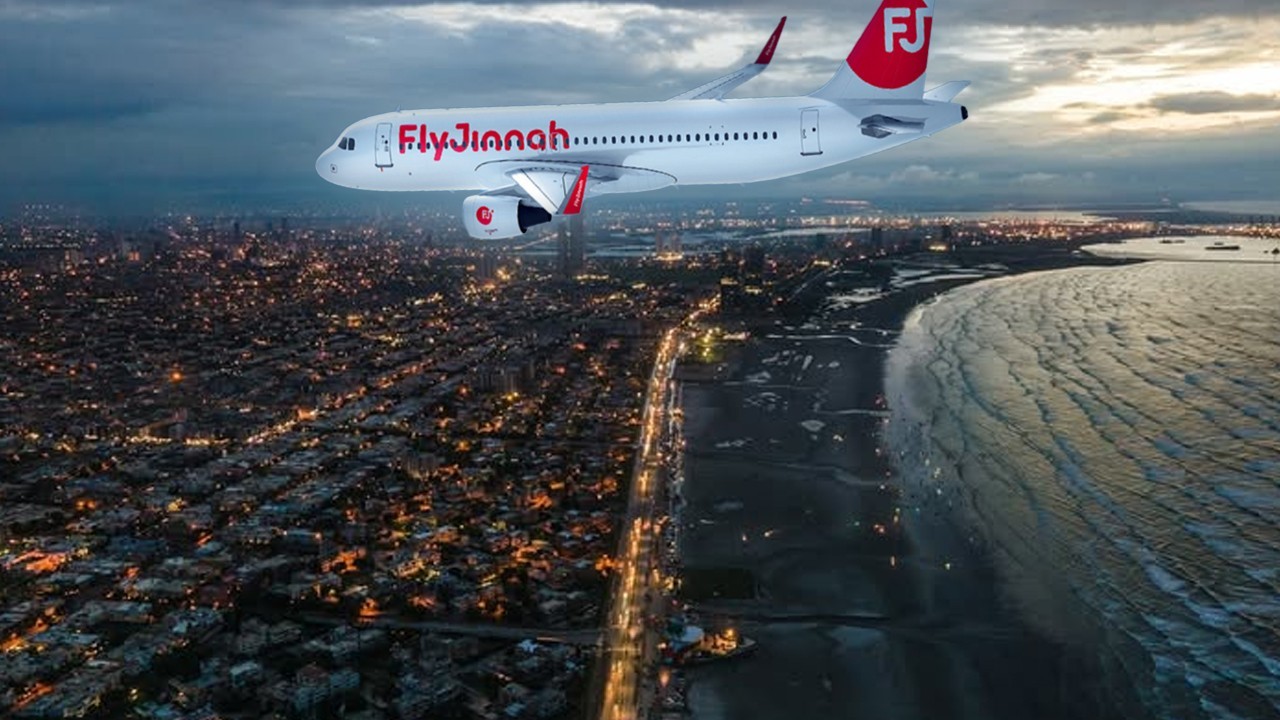


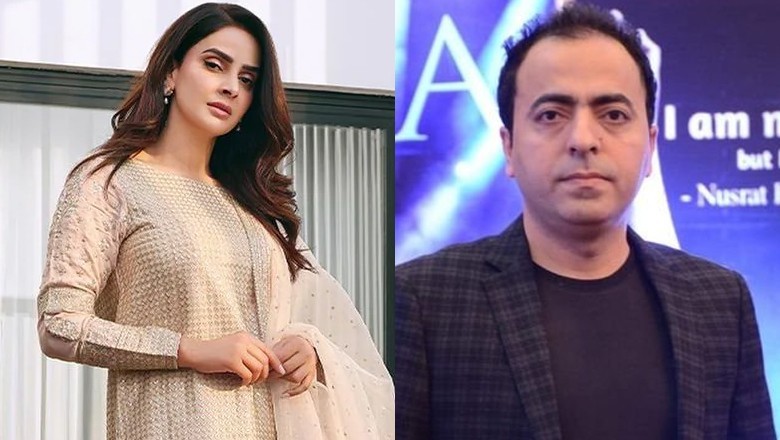
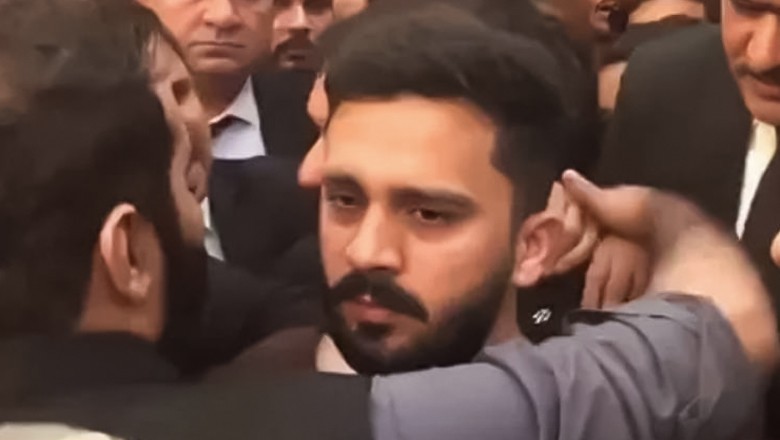


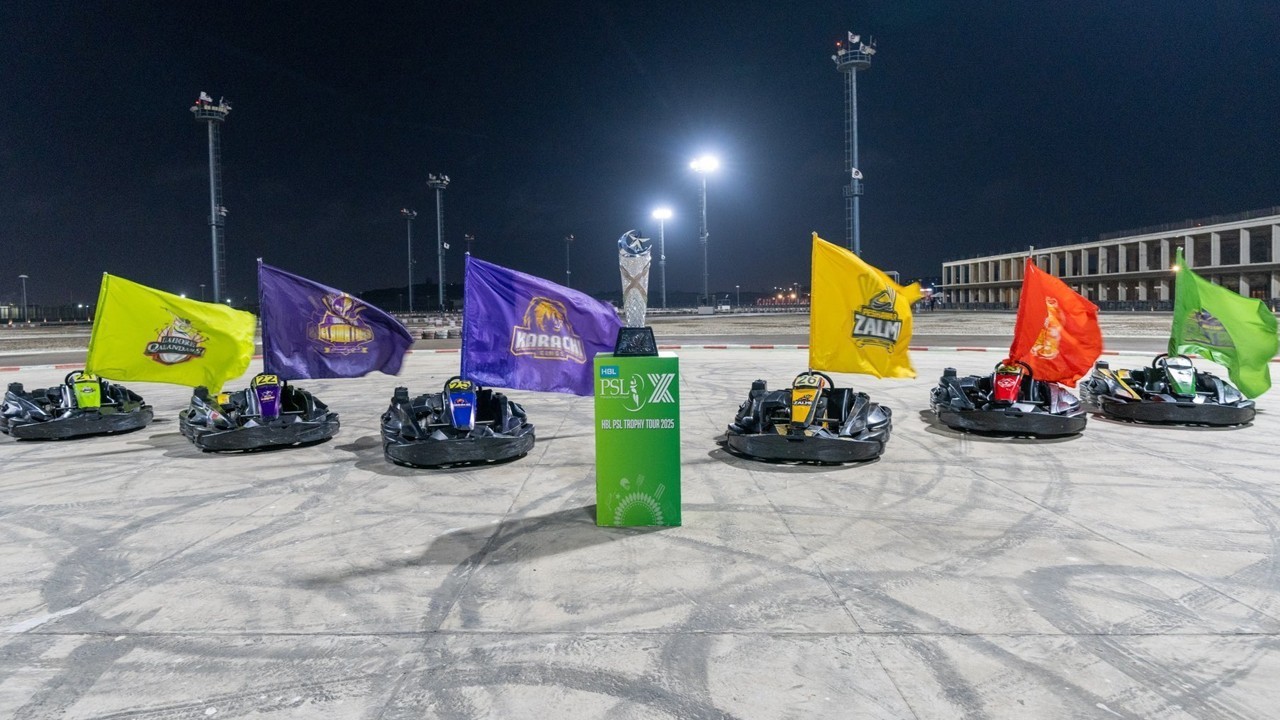

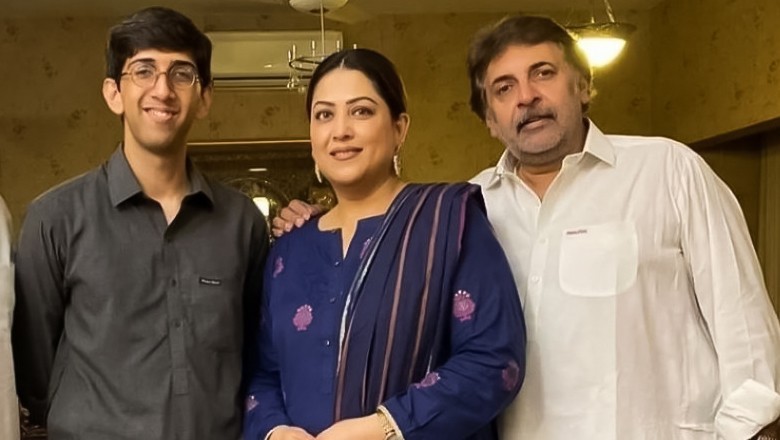
Comments
0 comment